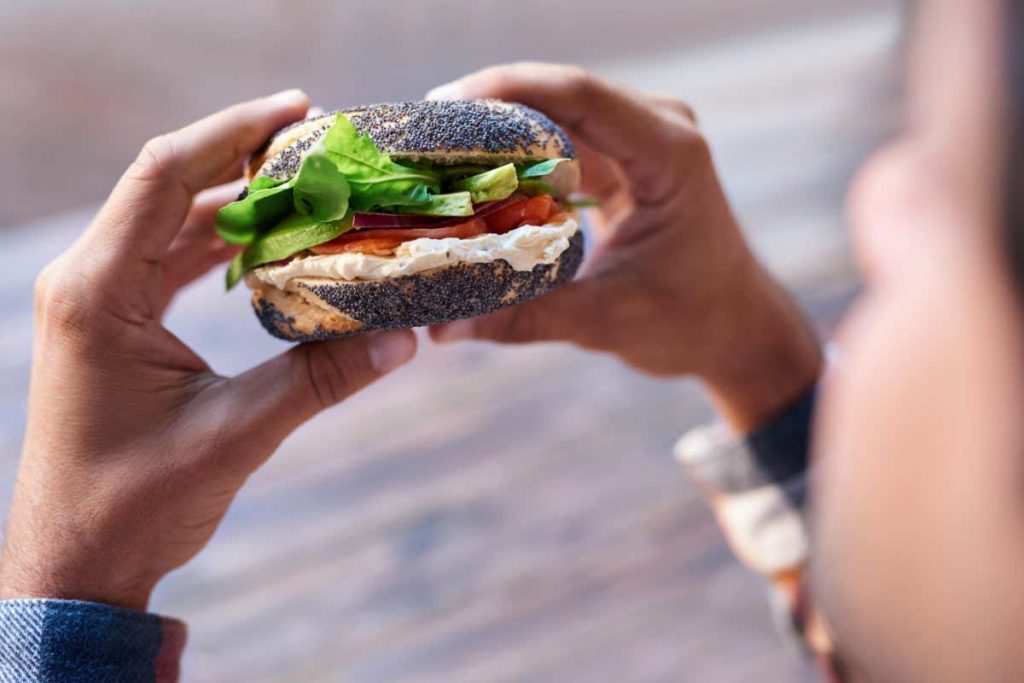Researchers have identified different pathways that lower a mouse’s desire to eat when it’s in pain – and a similar brain circuit could also occur in humans
Health 29 November 2022
People who experience chronic pain often report being less hungry
Mariusz Szczawinski / Alamy Stock Photo
The link between chronic pain and a loss of appetite may finally be understood – in mice at least.
Zhi Zhang at the University of Science and Technology of China in Hefei and his colleagues injected mice with bacteria that provoke chronic pain. Ten days later, these mice were eating less frequently and for shorter periods of time compared with control mice that had been injected with saline. When the first group of mice were later given pain medication, they ate normally, the researchers wrote in a paper published in Nature Metabolism.
To better understand the neuronal activity responsible for this change in behaviour, the researchers analysed the brains of the first group of mice while the animals were in chronic pain. They found substantial neuron signalling in the mice’s anterior cingulate cortex, a pain-processing region of the brain in the prefrontal cortex.
Advertisement
To determine whether that signalling was related to appetite loss, the researchers provoked chronic pain in another group of mice, with these animals going on to eat less. The team then administered a chemical that prevents neuronal signalling in the anterior cingulate cortex and the mice’s appetites improved.
The prefrontal cortex isn’t generally associated with appetite control. To better understand how neurons in the anterior cingulate cortex may influence appetite, the team injected various traceable substances into these neurons in a third group of mice that were similarly made to feel pain.
They found that these neurons’ signals led to the lateral hypothalamic area, the brain’s “feeding centre”.
Examinations using microscopes confirmed that these neurons were active in the mice with chronic pain. When the researchers used chemicals to stop the neuronal activity in this cortex, the mice’s appetites improved.
Similarly, when the researchers used chemicals to activate these neurons in mice that weren’t in pain, the animals ate less, even if they had been deprived of food before the experiment.
This is the first time that researchers have traced the brain mechanisms behind pain-related appetite loss, the researchers wrote.
The mechanisms have only been identified in mice to date, however, Samantha Brooks at Liverpool John Moores University, UK, expects a similar brain circuit to be at play in humans, who also often eat less and lose weight if they have chronic pain.
“I would confidently predict that this circuit in the mouse could be the same in humans,” she says.
With further research, these results could also assist the development of more efficient pain medication, says Brooks.
“This is a really nice piece of science [with] exceptional, detailed mapping of the pathway,” says Simon Luckman at the University of Manchester in the UK.
However, the results aren’t particularly surprising, he says. The first step of the identified pathway is in a brain region that is already well-known for pain processing, while the other steps are in regions known for their roles in food intake. “The increase in basic knowledge is the important thing,” says Luckman.
More on these topics:

